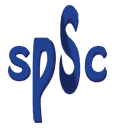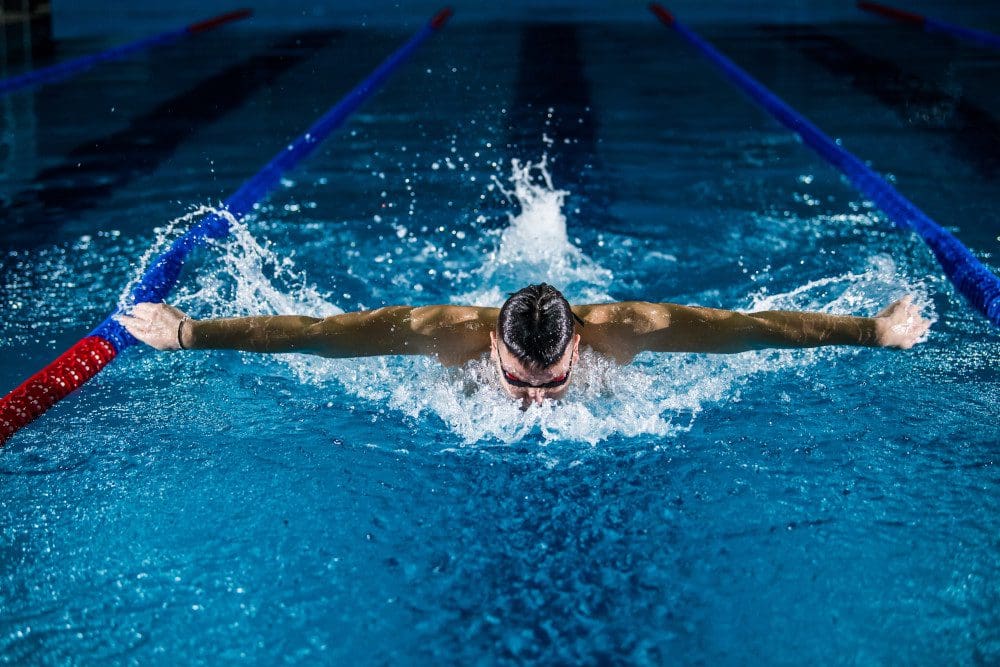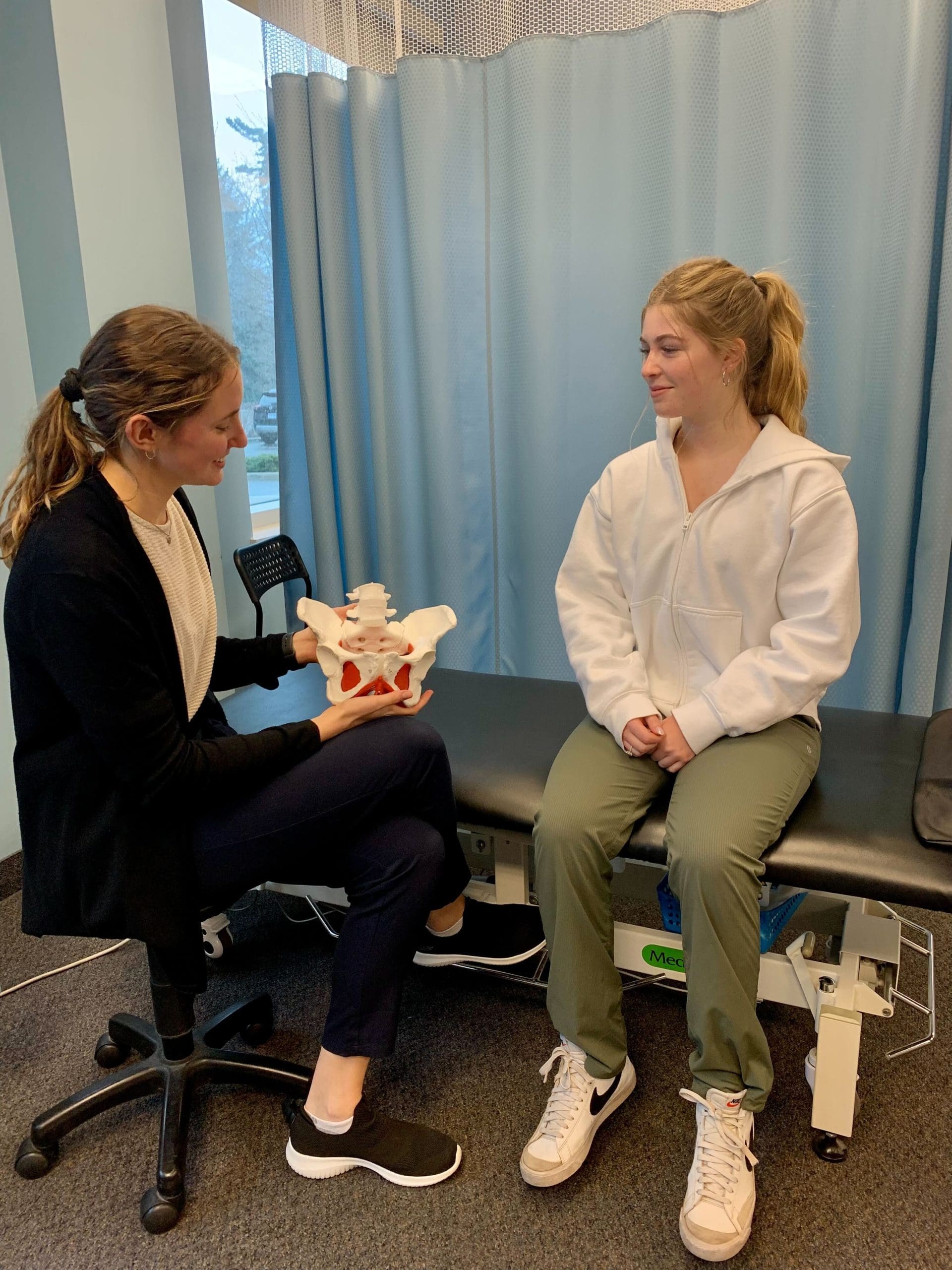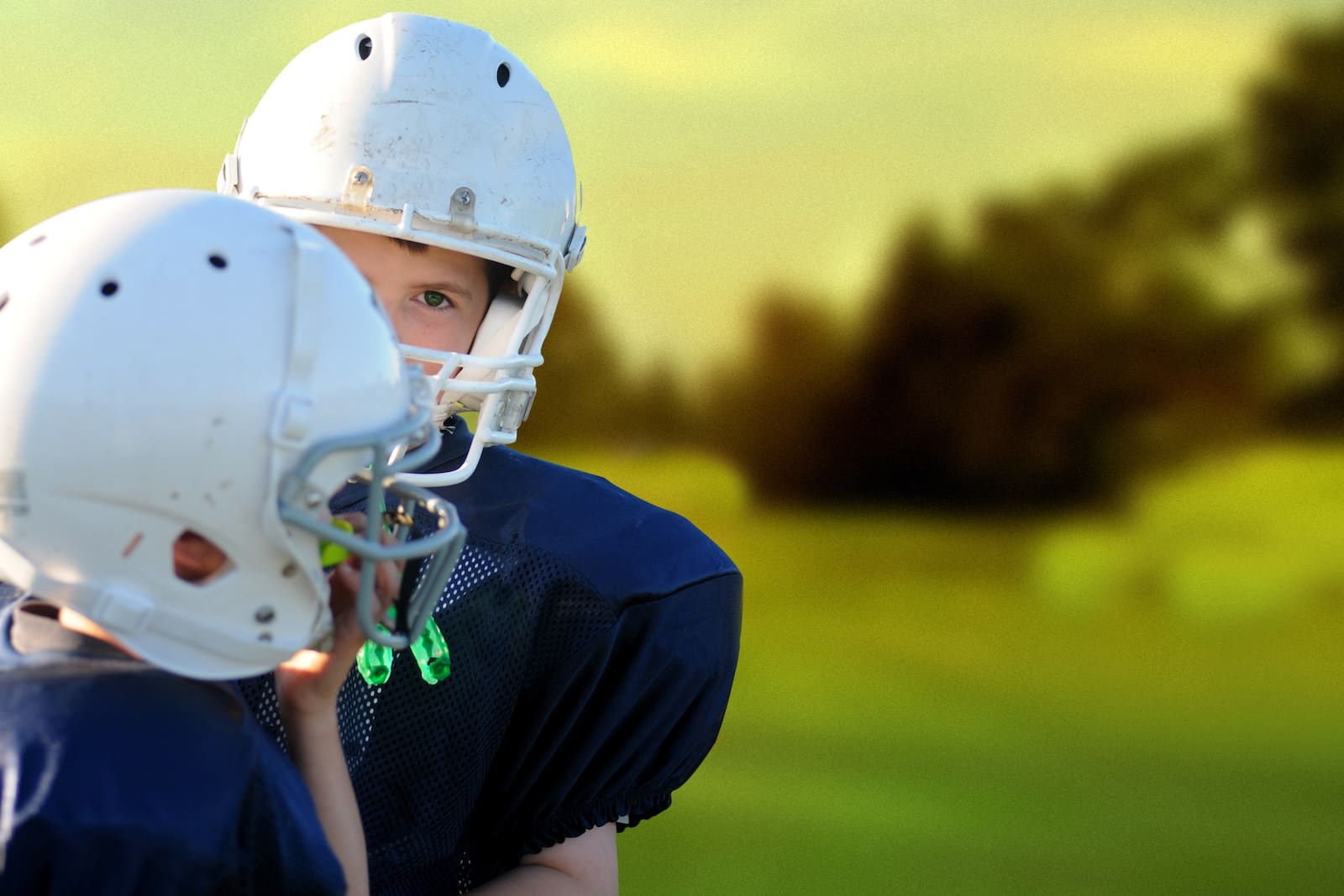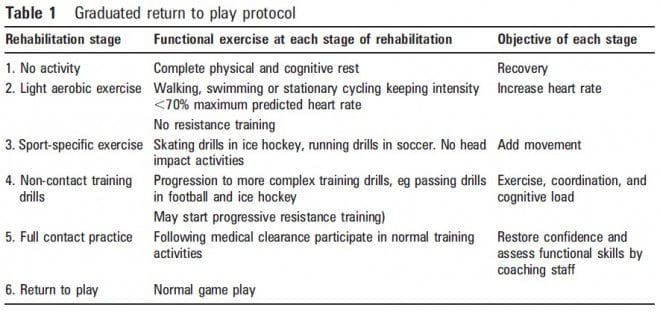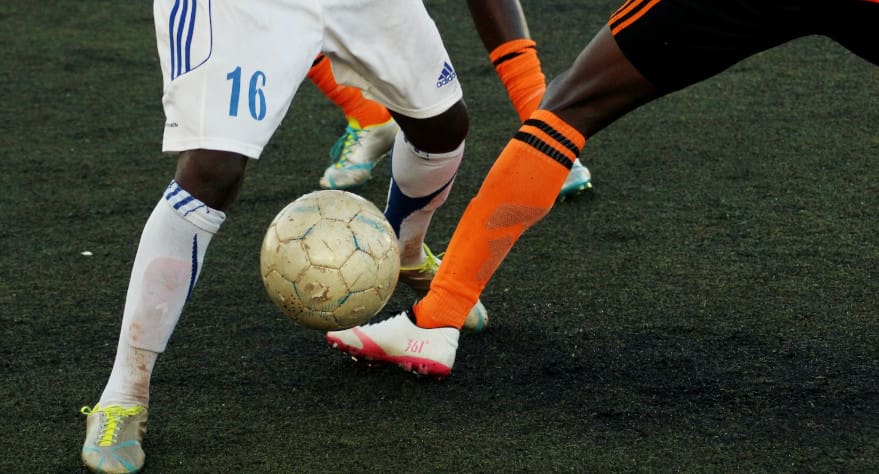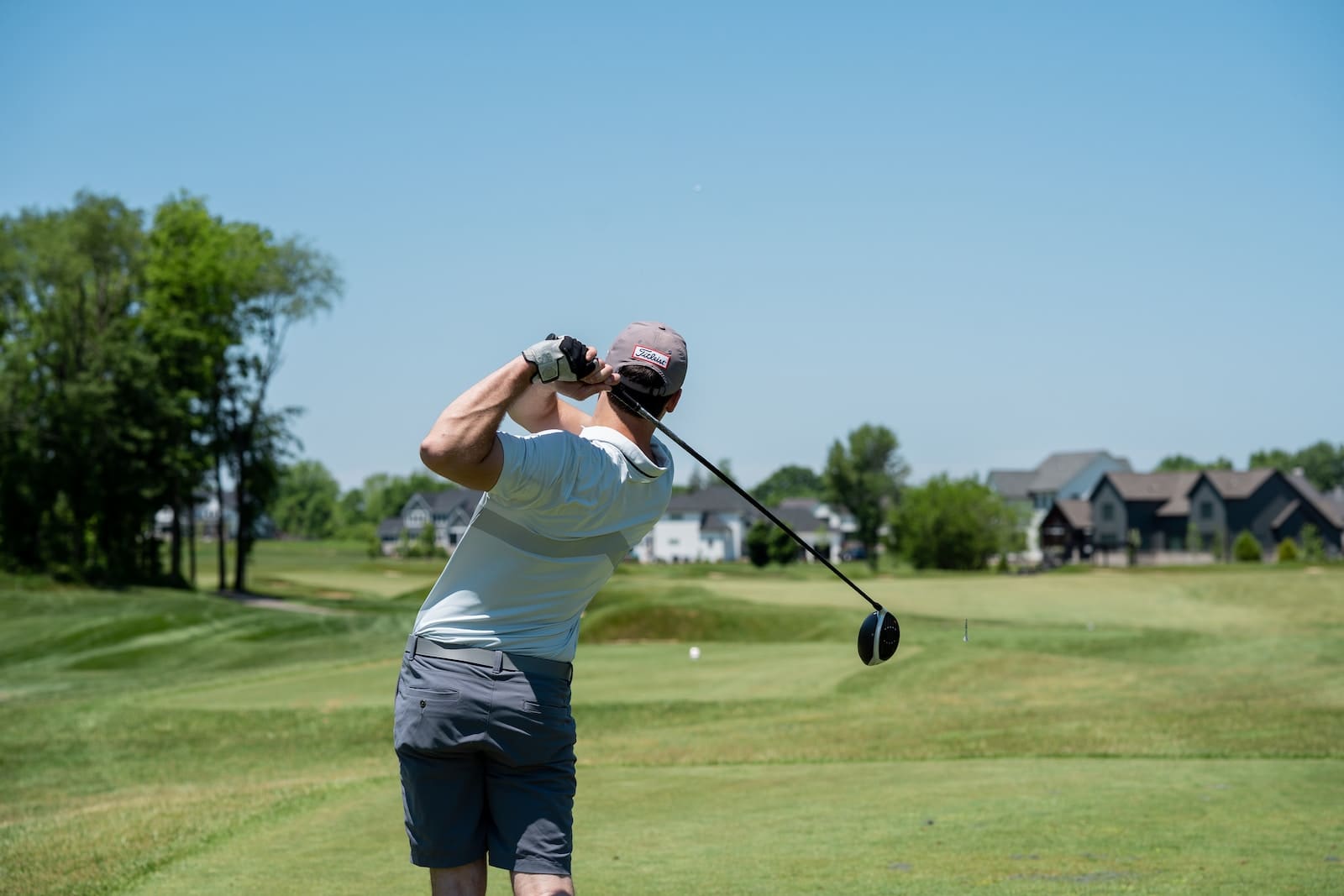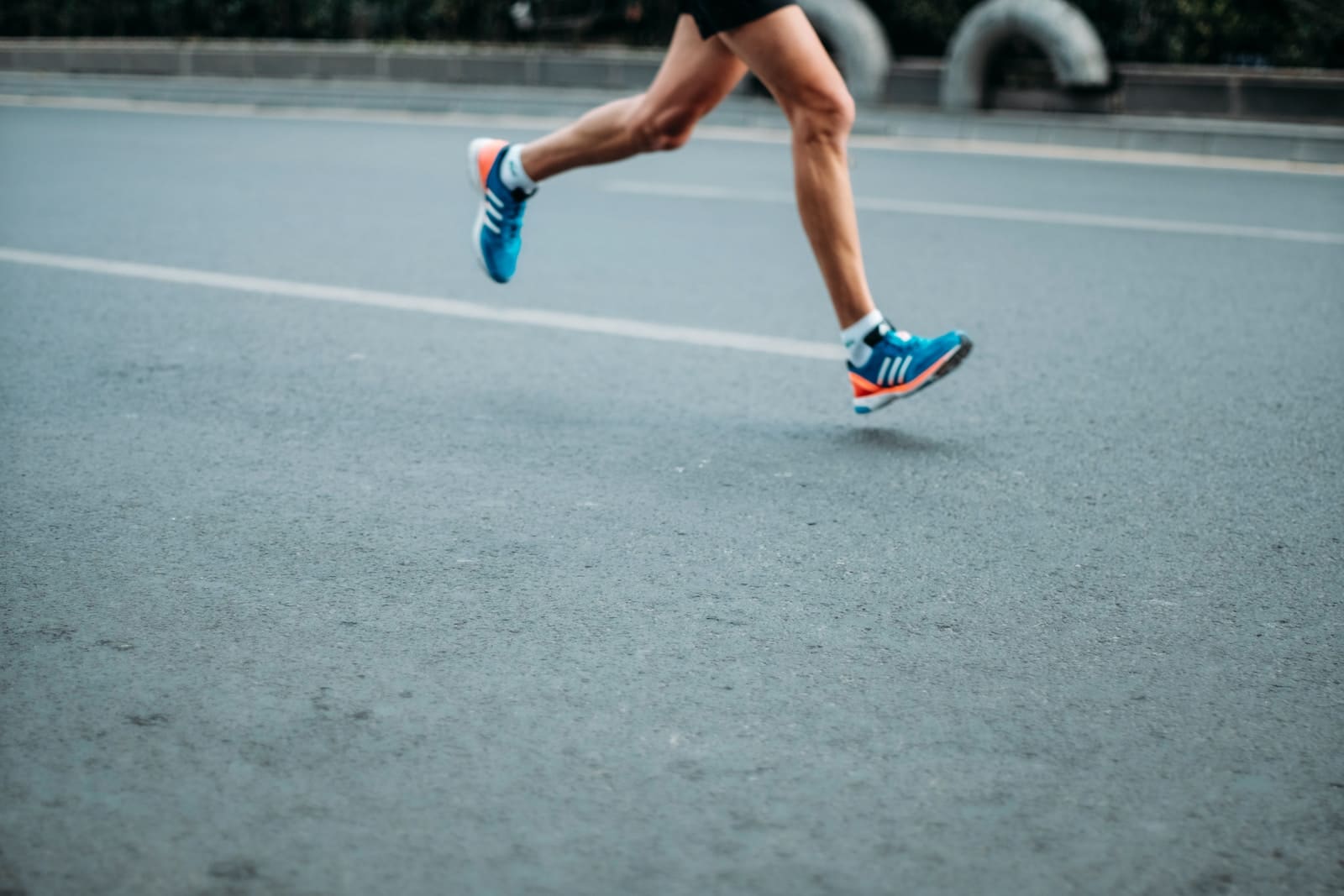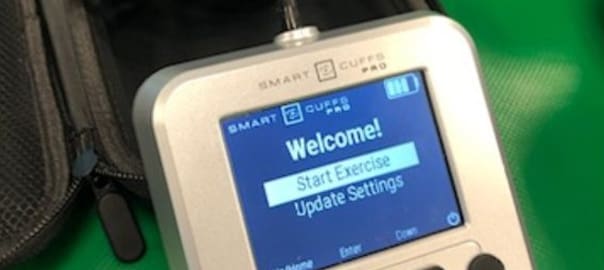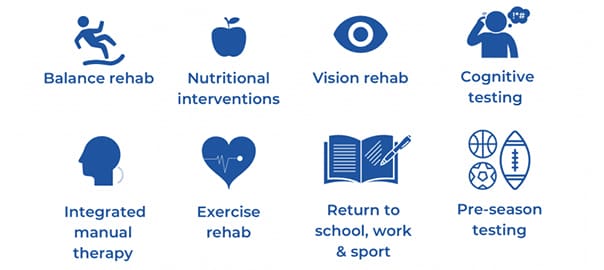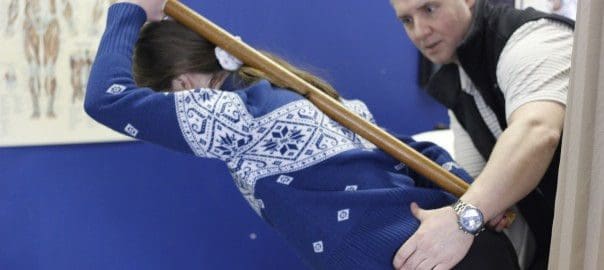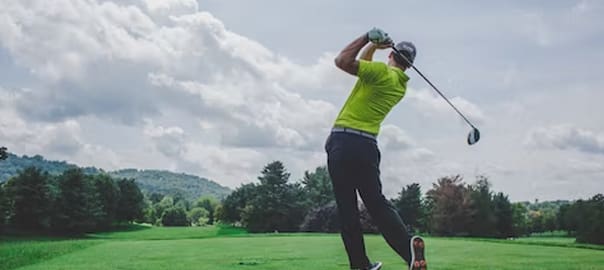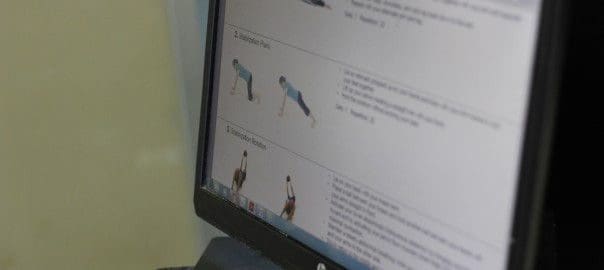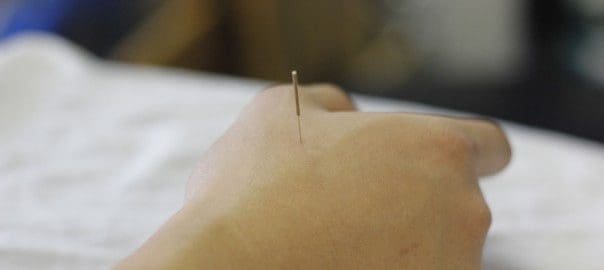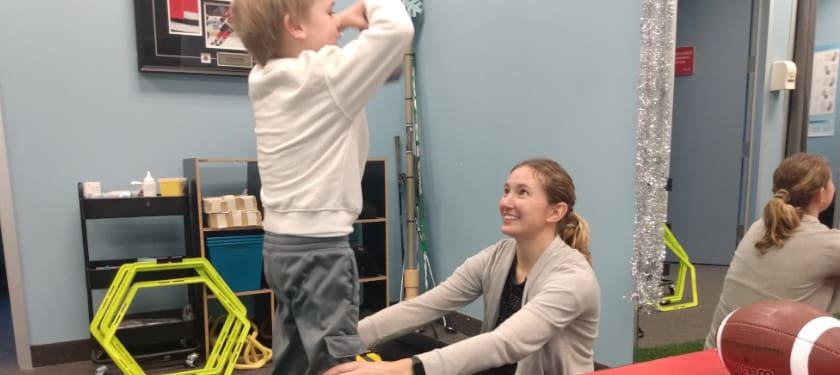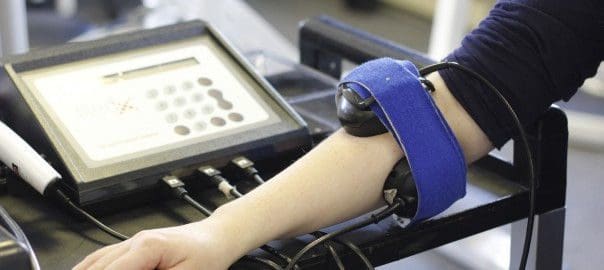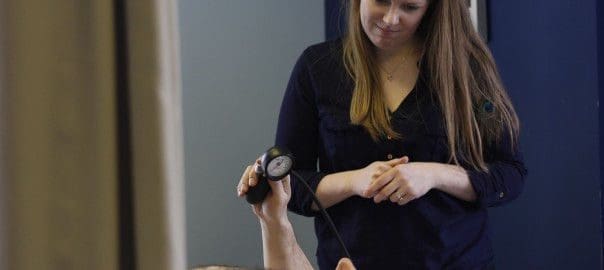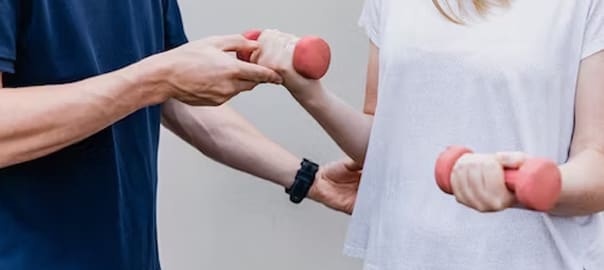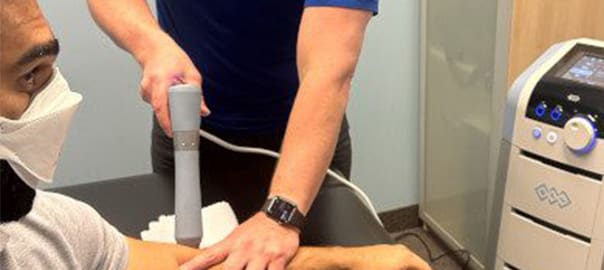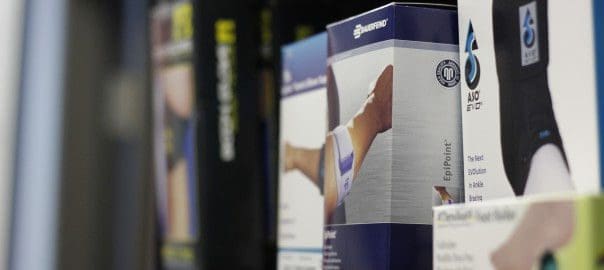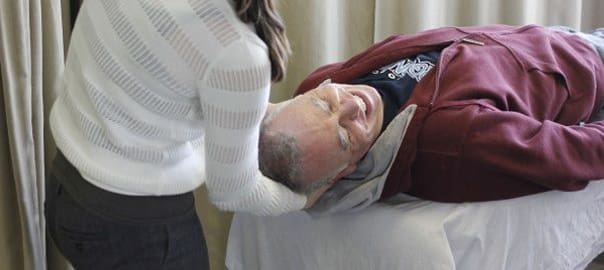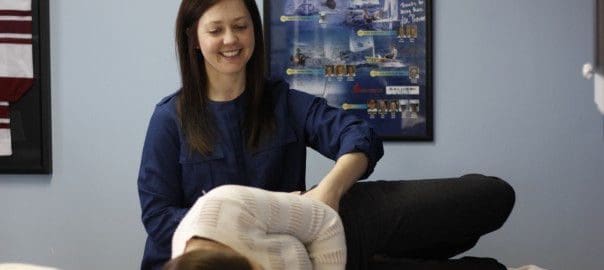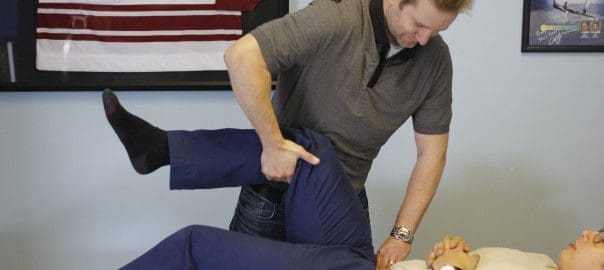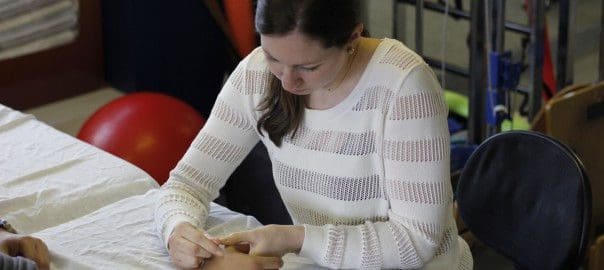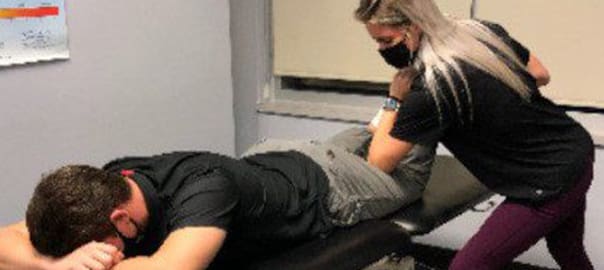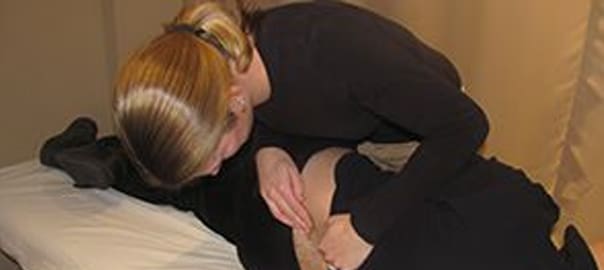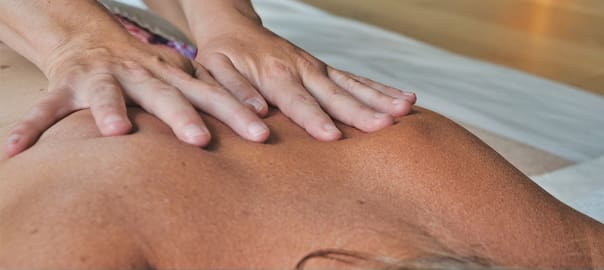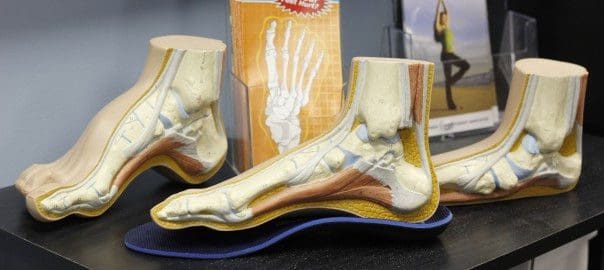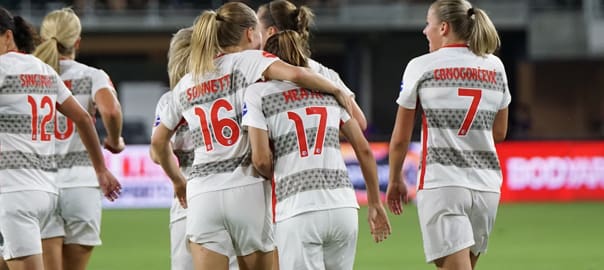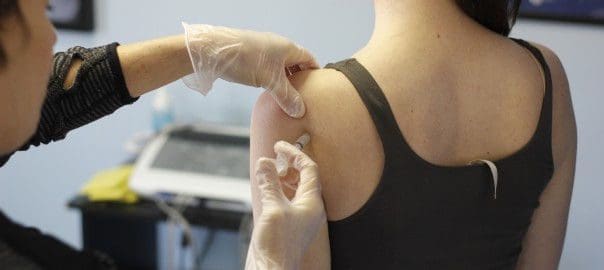Recently the major discussion and biggest concern in sport is Concussions. Concussions have recently received the most attention in the media because there has been an increase in the frequency of impact to the athlete’s head; especially when there are premier athletes involved. In sports, especially contact sports like hockey, football, and lacrosse, the players are bigger, stronger, and faster. Those attributes mixed with new developments in equipment and more intense training programs, the athlete has become a so-called Hercules (a man of exceptional strength or size). Also, with the level of competition for keeping their job with the team, the athlete is forced to compete at a high level with every play they are involved in; they are expected to win the one-on-one battles.
Concussions are traumatic head injuries that occur from both mild and severe blows to the head. Some head injuries may appear to be mild but research is finding that concussions can have serious, long-term effects, especially repeat head injuries or cumulative concussions.
The Consensus Statement on Concussion in Sport: 3rd International Conference on Concussion in Sport held in Zurich, November 2008, defines a concussion as a complex pathophysiological process affecting the brain, induced by traumatic biomechanical forces. Several common features that incorporate clinical, pathologic and biomechanical injury constructs that may be utilized in defining the nature of a concussive head injury include:
- Concussion may be caused either by a direct blow to the head, face or neck or a blow elsewhere on the body with an ‘‘impulsive’’ force transmitted to the head.
- Concussion typically results in the rapid onset of short-lived impairment of neurologic function that resolves spontaneously.
- Concussion may result in neuropathological changes but the acute clinical symptoms largely reflect a functional disturbance rather than a structural injury.
- Concussion results in a graded set of clinical symptoms that may or may not involve loss of consciousness. Resolution of the clinical and cognitive symptoms typically follows a sequential course. In a small percentage of cases, however, post-concussive symptoms may be prolonged.
- No abnormality on standard structural neuroimaging studies is seen in concussion.
As an example, the latest standard in the National Hockey League (NHL) is that players suspected of having a concussion will be removed from the game and sent to a quiet place free from distraction so they can be examined by the on-site team physician. The physician will use the Sports Concussion Assessment Tool (SCAT) test to evaluate the player. Symptoms include loss of consciousness, motor incoordination or balance problems, a blank or vacant look, slow to get up after a hit to the head, disorientation, clutching of the head after a hit or visible facial injury in combination with another symptom.
The Sports Concussion Assessment Tool (SCAT) is a standardized method of evaluating people after concussion in sport. On the front of this handy tool lies the symptom checklist while on the reverse lies questions to assess memory function and instructions for balance assessments. The tool was produced as a result of the 2nd International Symposium on Sport Concussion in Prague in 2004. It includes asking an athlete to score themselves based on how they feel. The guidelines that accompany the tool state that concussion should be suspected in the presence of any one or more of the following: signs (such as headaches), symptoms (such as loss of consciousness), or memory loss. The advice is that any athlete suspected of concussion should be removed from play and then medically evaluated. At the 3rd Symposium there was revision of the original SCAT card, the SCAT2. No longer a convenient, double-sided assessment device, the SCAT2 now boasts four pages of examination resources to aid in the concussion assessment protocol. Specifically, the previously integrated evaluation components have been expanded to its original sources and the SCAT2 now incorporates the Glasgow Coma Scale (GCS), the Modified Maddocks Questionnaire and the Standardized Assessment of Concussion (SAC) as separate entities within.
There is also a computerized concussion evaluation called the ImPACT (Immediate Post-Concussion Assessment and Cognitive Testing). Given the inherent difficulties in concussion management, it is important to manage concussions on an individualized basis and to implement baseline testing and/or post-injury neurocognitive testing. This type of concussion assessment can help to objectively evaluate the concussed athlete’s post-injury condition and track recovery for safe return to play, thus preventing the cumulative effects of concussion. However, this test depends on the administration of the baseline test to clinically correlate the results.
The most difficult component to concussion management is the return to playing sport. Aside from the SCAT2 and ImPACT, an athlete should be in constant communication with their Family Doctor, a Sports Specialist, their Therapist, the Team Coaches and their Strength Coach in order to follow a return to play protocol. (Below is a table outlining a guideline from the Consensus Statement identifying the return to play protocol). Returning to sport too early can cause concussion-like symptoms during vigorous activity and can have a cumulative effect leading to Post Concussion Syndrome. Although there is no definitive therapeutic treatment for a concussion, since it is an injury to the brain, therapy can be done to target the associated pain and dysfunction from the initial injury, whether there is a whiplash trauma to the neck and back. Headaches, neck tension, and neuromuscular dysfunction caused by the injury can be treated with soft tissue therapy, acupuncture and other modalities to help reduce the frequency and intensity of those symptoms. However, each athlete is different and unique, and further research endeavors are required in the prevention, evaluation and management of Concussion.
Sheddon Physiotherapy and Sports Clinic, with clinics in Oakville and Burlington, has been recognized as a centre of excellence by ImPACT Canada. If you require concussion testing, assessment or treatment do not hesitate to contact us at 905-849-4576.
We are located less than 10 min from Sheridan College Oakville and 4 min East from Oakville & Milton Humane Society.
The Burlington physio clinic is located only 8 min north-east of LaSalle Park and 10 min north of Burlington Golf & Country Club, on Plains Rd East.
